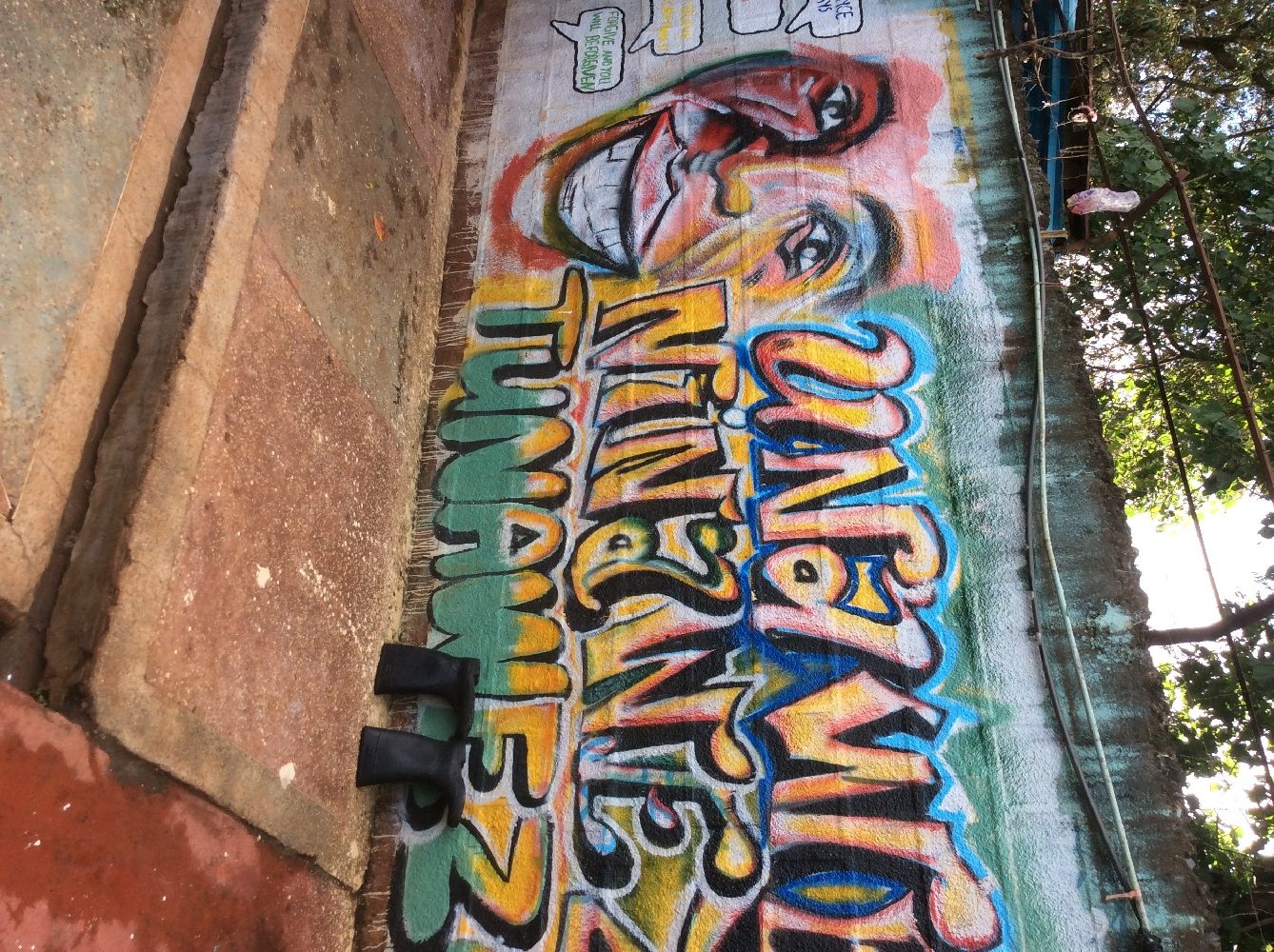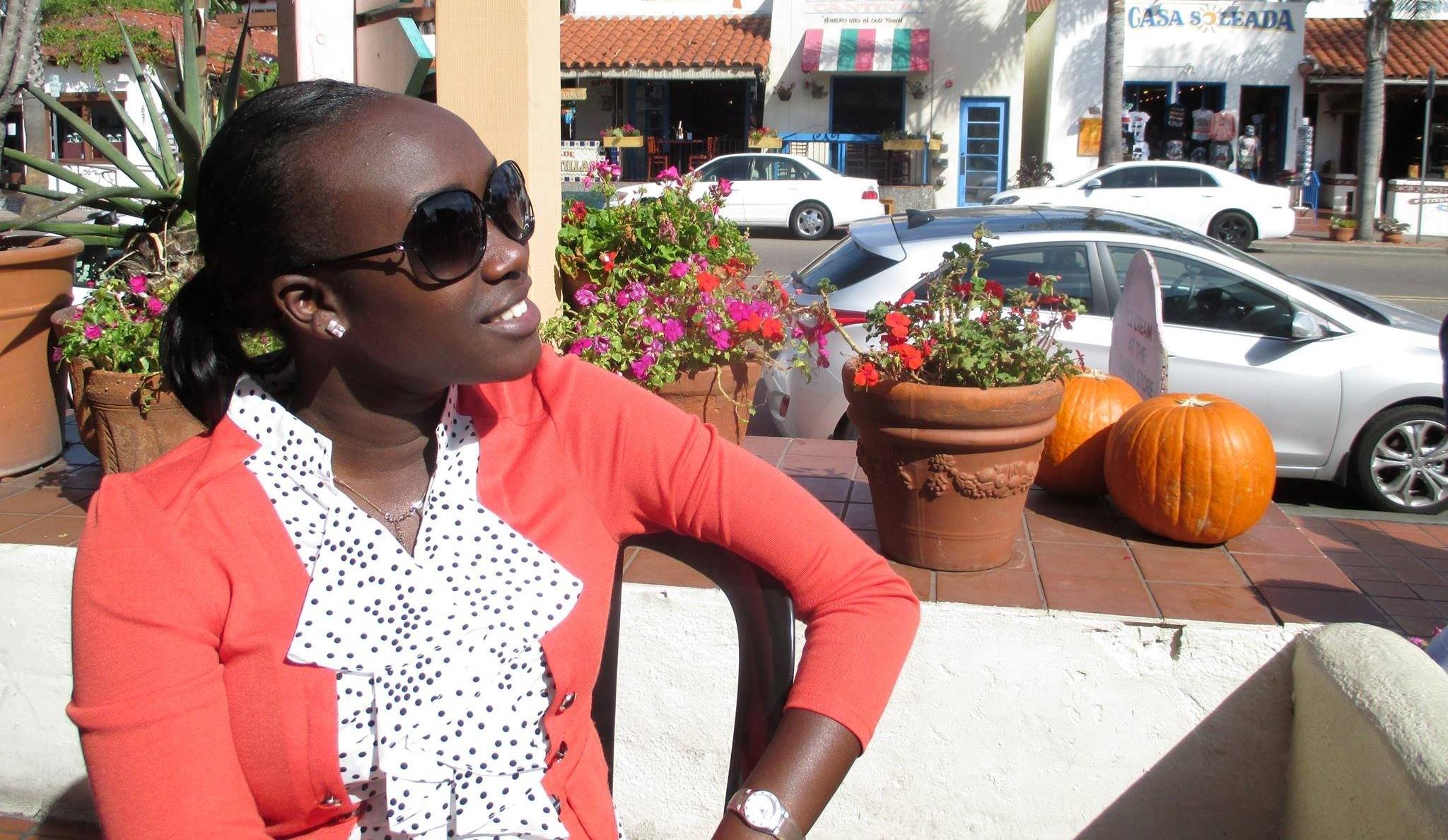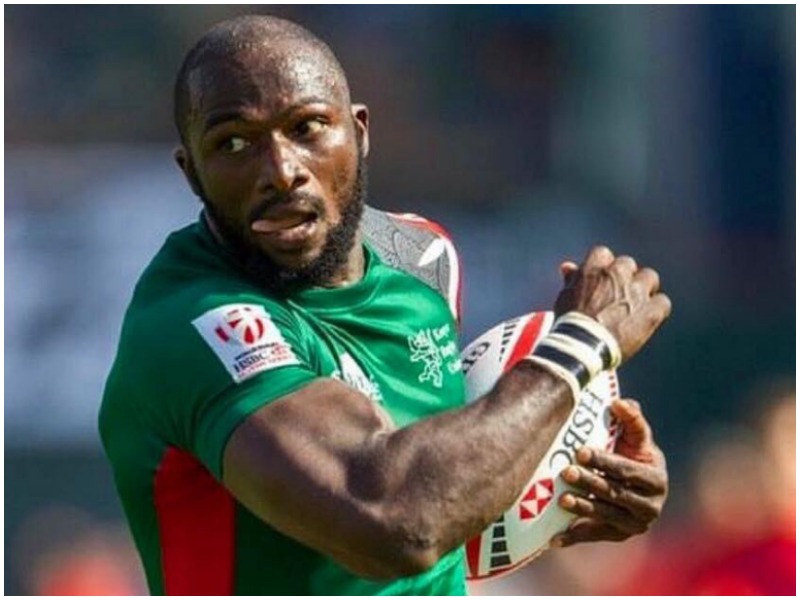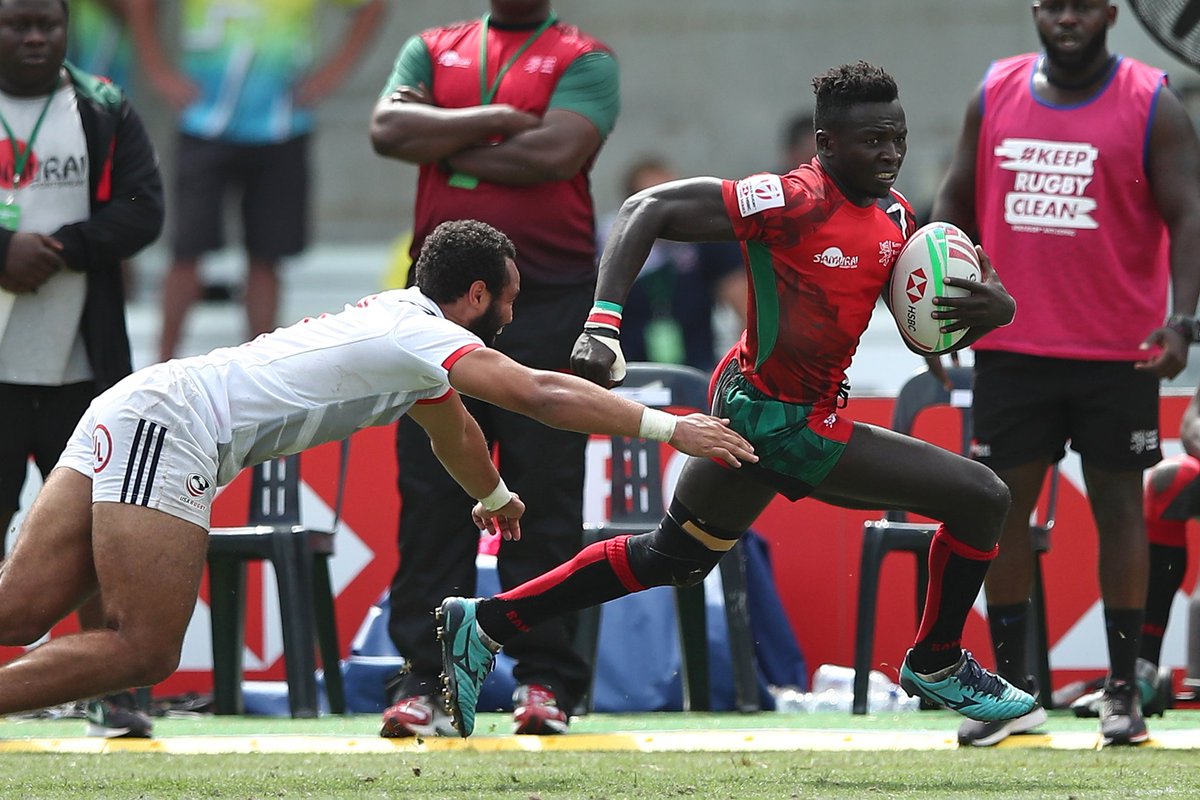Bright colours are important for a child’s development and can significantly increase their cognitive functions during their development stage, an interior designer has said.
Willy Ambaka, a freelance interior decorator and painter, says brighter colours availed a comfortable atmosphere for toddlers.
“Colourful space for kids looks great and attractive and also promotes better learning encouraging them to enjoy coming to school,” he said adding: “In my experience as an interior designer I have observed that children respond better to primary colours and their classrooms should don such colours.”
Ambaka noted that colours can be used as a learning tool as at the age of 3-4 years a child is able to identify basic colours like yellow, blue and red. “A child without a learning impediment is able to identify colours early and form a cognitive link between the visual clues of the colours and words,” Ambaka says
He continues to explain that before the concept of colours is understood a child lacks words to explain and also think that different shades are different colours for instance a child thinks that light blue and navy blue are different colours.
The use of different shades and hues helps with creative expression that helps the child distinguish the hues over time. Around this age different coloured items like play mates and toys should be used to make the learning process fun.
“Participating in arts and craft helps a child in recognition, choices and creativity,” he stated adding that creativity helps the child identify and relate with a colour faster. He clarifies that colour matching games such as matching colours, colour card co-ordination and flash cards should be taken up by educators and parents.
“It is not necessary to bombard your infant with colours,” he asserted noting that children between 0-3 months can only see primary colours and the monochrome colour scheme therefore boosts the child’s attention span and curiosity. By 3 months most babies are able to see colour with a preference for bright colours.
At the age of 6-12 months, the colour vision is well developed and you can find colours that balance stimulation and relaxation. “The different colours can be used by their teachers to soothe them into accepting to sleeping or engaging in group work where they all participate and learn together,” he says.
He concluded by saying that colours should not be overlooked as they are not only aesthetic but important for a child’s development and, therefore, the need for repainting learning premises for the kids.
Story credit: Stella Jillian/KNA












7 Comments